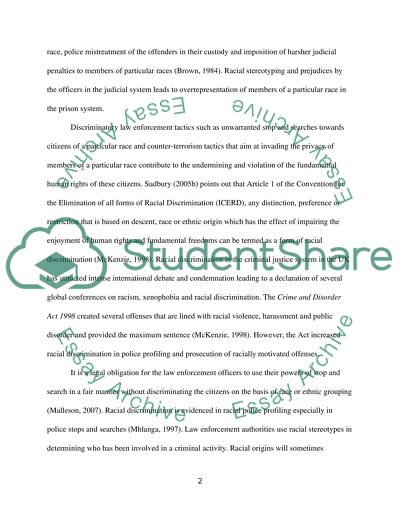Cite this document
(“Racial discrimination within the criminal justice process in England Essay”, n.d.)
Retrieved from https://studentshare.org/law/1404431-how-far-is-it-possible-to-say-that-there-is-racial
Retrieved from https://studentshare.org/law/1404431-how-far-is-it-possible-to-say-that-there-is-racial
(Racial Discrimination Within the Criminal Justice Process in England Essay)
https://studentshare.org/law/1404431-how-far-is-it-possible-to-say-that-there-is-racial.
https://studentshare.org/law/1404431-how-far-is-it-possible-to-say-that-there-is-racial.
“Racial Discrimination Within the Criminal Justice Process in England Essay”, n.d. https://studentshare.org/law/1404431-how-far-is-it-possible-to-say-that-there-is-racial.


